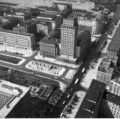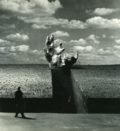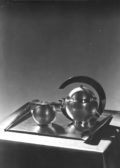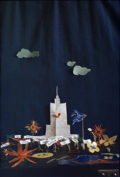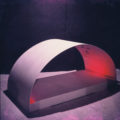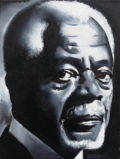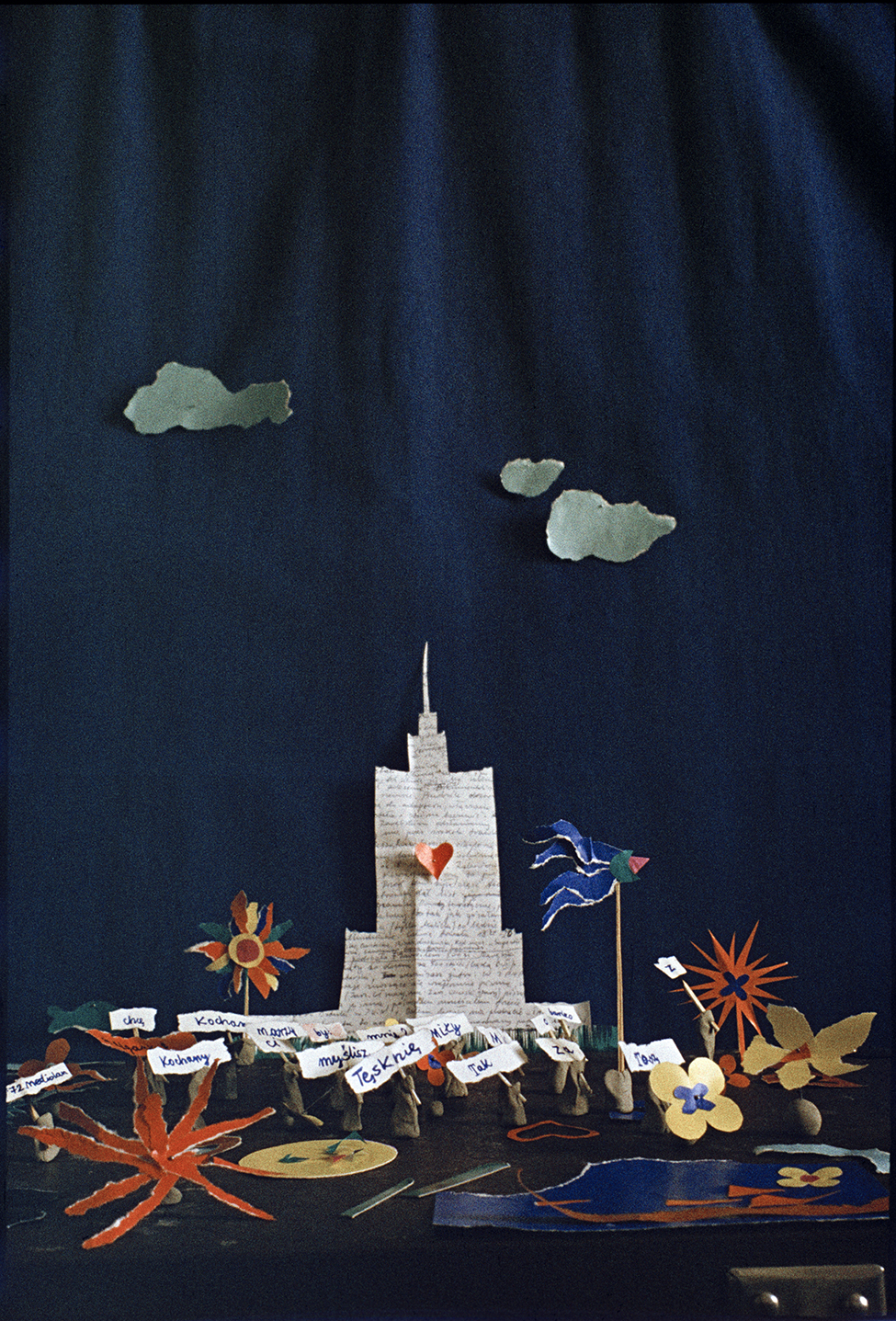
Title
Conceptual affects: Lover’s discourse of A Letter from Milano (1972) by Zofia Kulik Dyskurs miłosny „Listu z Mediolanu” (1972) Zofii Kulik
http://miejsce.asp.waw.pl/en/konceptualne-afekty-3/
Abstract
My attempt is to rethink conceptual art from the perspective of emotions and affects, taking as a starting point the early work of Zofia Kulik, namely ”A Letter from Milano” (1972). What kind of ‘affective operations’ are taking place in this work? How the artist depicts the phenomenon of love? How A Letter from Milano with its specific understanding of love discourse would affect art historical thinking on conceptualism? In my analysis and interpretation of ”A letter from Milano” the concept of love is not only defined as communication, a performative act, performance or a constellation of both negative and positive affects, but it also connects with a phenomenon named by the artist as ”czynnościowanie”, i.e. a behaviour grounded in a long duration and repetitiveness of various everyday actions, functions, mediations and physical works, linked with a flexible approach to reality. In conclusion, I propose that regarding conceptual art, love and other emotions/affects shouldn’t be perceived as non-discursive, but on the contrary as vital to the formation and stimulation of the discourse and the subject’s exposure to change and engagement in the world.
This article is only available as an abstract in the English version of our magazine.
Luiza Nader
Luiza Nader is an art historian, professor at the Academy of Fine Arts in Warsaw. Author of the book Konceptualizm w Polsce [Conceptual Art in Poland] (2009), and of many texts dedicated to art after 1939. Her research is focused primarily on modern, avant-garde, and neo-avantgarde art, on memory discourse, theories of affect, trauma, and on relations between limit events/ experiences and the cultural field. Currently she is working on the visual notations, artifacts, reports and testimonies from and of the Holocaust in Poland. Her latest book Afekt Strzemińskiego. Teoria widzenia, rysunki wojenne, Pamięci przyjaciół – Żydów [Strzemiński’s Affect. Theory of Seeing, War Drawings, In Memory of Friends—Jews] was published in 2018.

